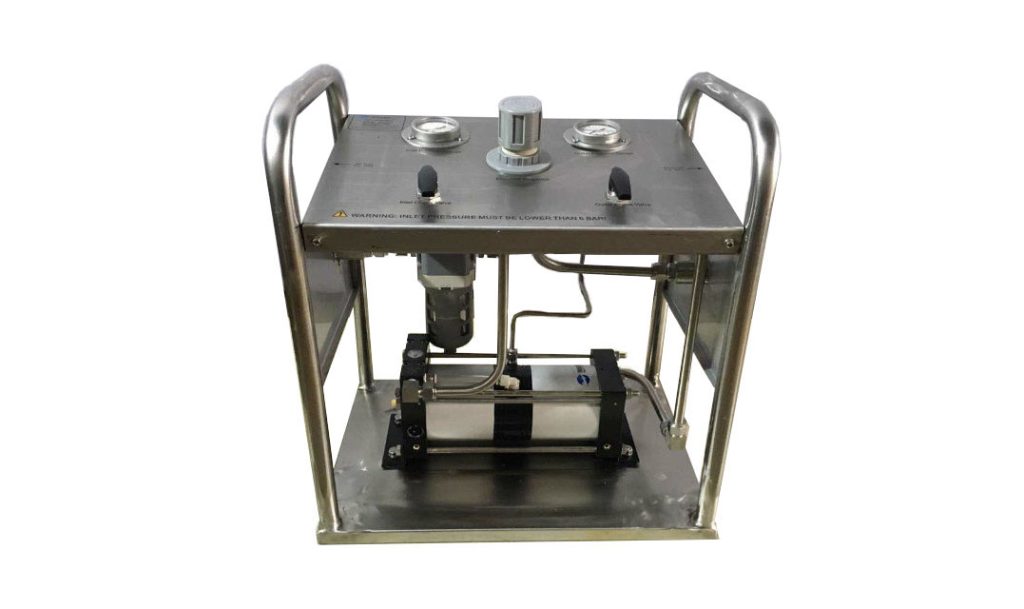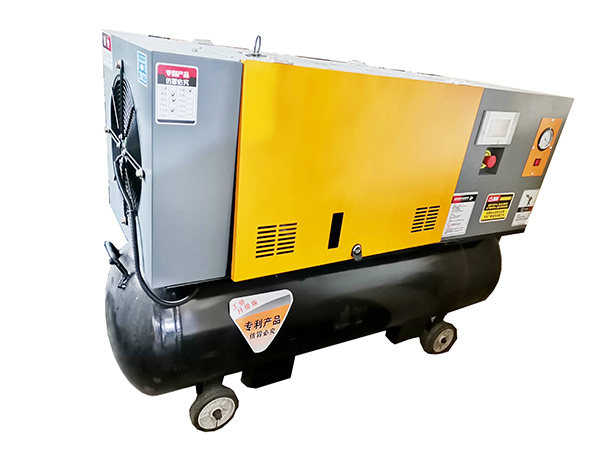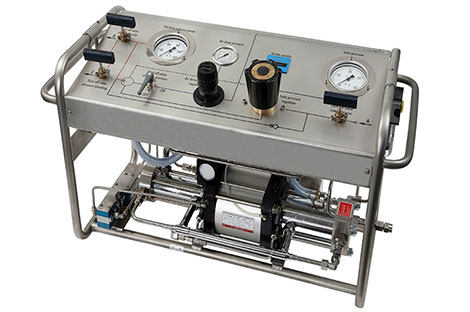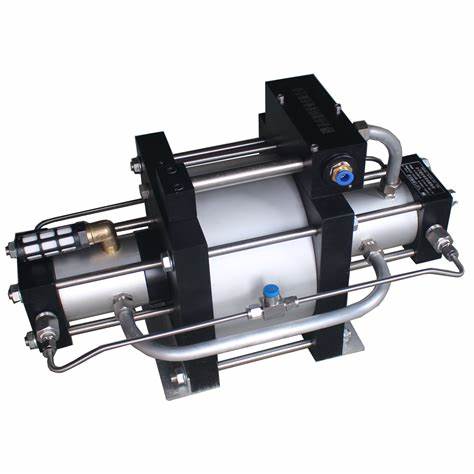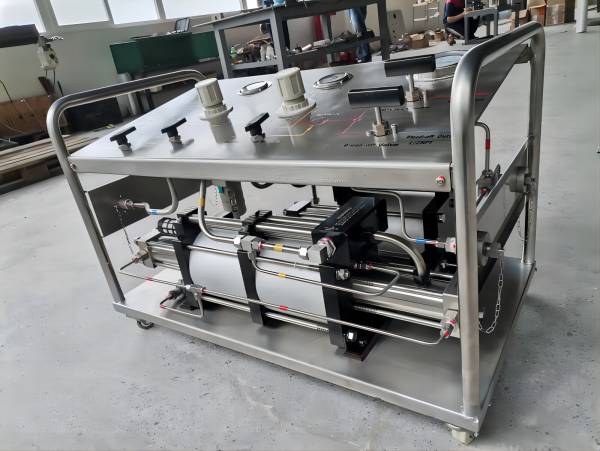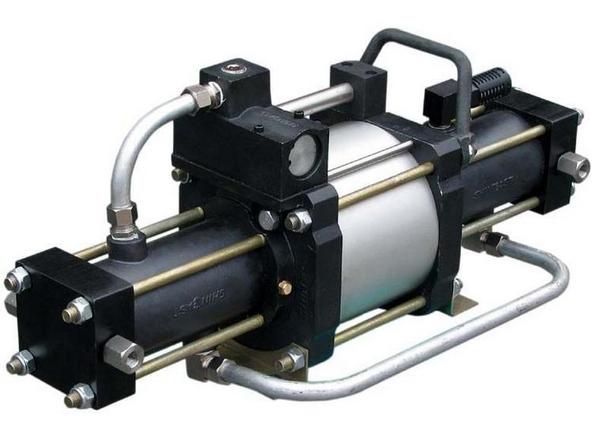The Great Gas Booster Battle: Unleashing the Power of CO2, O2, and N2 in the Oilfield
The relentless pursuit of black gold in the oilfield involves a complex interplay of technology, pressure, and chemistry. Among the unsung heroes in this drama are gas boosters, unsung because they operate silently behind the scenes, injecting invisible muscles into the production process. Today, we shine a light on three kings of this realm: carbon dioxide, oxygen, and nitrogen boosters, each wielding unique powers to optimize oil extraction.
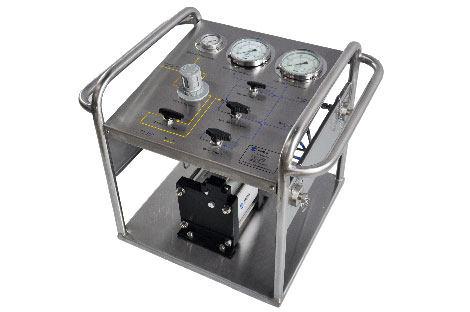
Carbon Dioxide: The Miscible Mastermind
CO2, the enigmatic strategist, excels in Enhanced Oil Recovery (EOR). Its ability to mix seamlessly with hydrocarbons allows it to displace oil more efficiently than water or other fluids. Imagine the oil clinging stubbornly to the rock walls, but CO2 gently nudges it aside, unlocking trapped reserves and boosting production. This miscibility also improves flow and helps maintain reservoir pressure, maximizing the well’s potential.
But CO2 comes at a cost. Its acquisition and transportation can be expensive, and its potential leakage raises environmental concerns. Handling this powerful gas requires specialized equipment and strict safety protocols. Despite these challenges, CO2 remains a potent weapon in EOR, particularly for mature fields where traditional methods falter.
Oxygen: The Fiery Cleanser
O2, the fiery warrior, burns its way through challenges. It specializes in wellbore cleanout and stimulation, literally burning off hydrocarbon deposits and debris that clog the flow. Imagine a clogged artery in the wellbore, but O2 arrives like a flaming brush, clearing the path and allowing oil to flow freely. This process also removes heavy hydrocarbons, improving wellbore productivity.
However, O2‘s fiery nature demands caution. Its high concentration poses fire and explosion risks, necessitating meticulous monitoring and control. Additionally, O2 can be corrosive to some wellbore materials. Despite these risks, O2 remains a valuable tool for rejuvenating clogged wells and unlocking their hidden potential.
Nitrogen: The Inert Defender
N2, the silent sentinel, plays a defensive role in the oilfield. Its inertness makes it the perfect shield for preventing formation damage and fluid influx. Imagine a vulnerable wellbore under pressure, but N2 forms a protective barrier, holding back unwanted fluids and maintaining pressure. This stability facilitates safe maintenance and repairs.
Beyond defense, N2 also excels in leak detection and purging. Its inert nature allows it to safely fill pipelines and equipment, revealing leaks and preventing explosions. Additionally, N2 can be used in nitrogen lifting, a process that pushes oil to the surface in low-pressure wells, boosting production without the environmental concerns of CO2 or the fire hazards of O2.
However, N2 lacks the direct recovery capabilities of CO2 or the cleaning power of O2. It requires larger volumes for pressure maintenance and may not be suitable for all EOR applications. Nonetheless, N2 remains a reliable workhorse, safeguarding well integrity and ensuring smooth operations.
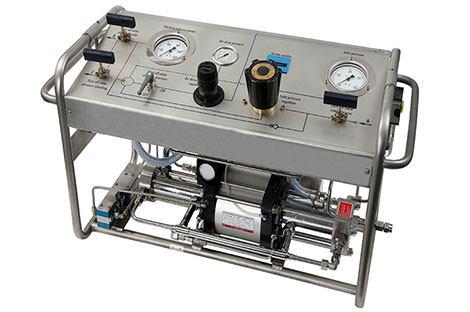
The Great Comparison: A Clash of Titans
So, which champion reigns supreme? It depends on the specific challenge at hand. Here’s a comparison to help you choose:
| Feature | Carbon Dioxide (CO2) Booster | Oxygen (O2) Booster | Nitrogen (N2) Booster |
| Application | EOR, Acid Stimulation, Pressure Maintenance, Sequestration | Wellbore Cleaning, Deasphalting, Gasification, Oxy-fuel Combustion | Pressure Maintenance, Leak Detection, Purging, Nitrogen Lifting |
| Advantages | Miscible with hydrocarbons, Increases reservoir pressure, Less corrosive | Highly effective cleaning, Improves flow, In-situ upgrading | Inert, Safe, Does not corrode |
| Disadvantages | High cost, Environmental concerns, Specialized equipment | Fire hazards, Corrosive, Monitoring intensive | Less effective for EOR, Larger volume needed, Indirect recovery |
| Cost | High | High | Moderate |
| Safety | Moderate | Low | High |
Ultimately, the best approach often involves combining forces. CO2 and N2 can synergistically enhance EOR, while O2 and N2 can work together for safe well cleanouts. Understanding the strengths and weaknesses of each gas booster is key to crafting a winning strategy in the oilfield.
Beyond the Battlefield: Emerging Trends and Environmental Considerations
The battleground of gas boosters is constantly evolving. New technologies are emerging, such as compact and efficient CO2 capture and utilization systems that can mitigate environmental concerns. Research into alternative gases like argon and helium is also underway, seeking safer and more sustainable options.
Environmental considerations are becoming increasingly crucial. The oil industry is facing pressure to reduce its carbon footprint, and the choice of gas booster plays a significant role. CO2, despite its EOR benefits, contributes to greenhouse gas emissions. Utilizing captured CO2 for EOR can help mitigate these emissions, but it requires additional infrastructure and costs. Nitrogen, on the other hand, offers a cleaner alternative, although its efficacy in EOR may be lower. The quest for sustainable solutions is driving innovation in gas booster technology, with a focus on capturing and utilizing waste CO2, exploring cleaner gas options, and optimizing injection processes to minimize environmental impact.
The future of gas boosters in the oilfield lies in finding a balance between efficient production, environmental responsibility, and safety. This requires a collaborative effort from oil companies, technology developers, and policymakers. By forging strategic partnerships, investing in research and development, and implementing stricter environmental regulations, the industry can ensure that the power struggle within the pipes doesn’t come at the cost of the planet.
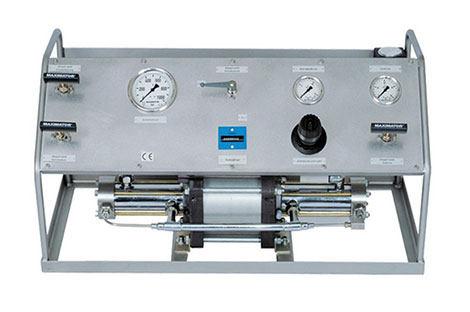
Conclusion
The oilfield is not just a battleground for extraction; it’s a complex ecosystem where technology, safety, and environmental considerations intertwine. Choosing the right gas booster is not simply about maximizing production; it’s about making informed decisions that contribute to a sustainable future. As the oil industry navigates this dynamic landscape, the champions of the pipes – CO2, O2, and N2 – will continue to play crucial roles, but it’s up to us to ensure their powers are harnessed responsibly for the benefit of both humankind and the planet.

